Bloomfield was born into a wealthy Chicago Jewish-American family. Bloomfield’s father, Harold Bloomfield, was born in Chicago in 1914. Harold’s father, Samuel Bloomfield, started Bloomfield Industries in the early 1930s. After Samuel passed away, Harold and his brother, Daniel, took over the company. Bloomfield’s mother, Dorothy Klein, was born in Chicago in 1918 and married Harold in 1940. She came from an artistic, musical family, working as an actress and a model before marrying Harold.[4]
Bloomfield’s family lived in various locations around Chicago before settling at 424 West Melrose Street on the North Side. When he was twelve his family moved to suburban Glencoe, Illinois, where he attended New Trier High School for two years. During this time, he began playing in local bands, and Bloomfield put together a group called the Hurricanes, named after Ohio rock band Johnny and the Hurricanes. New Trier High School expelled Bloomfield after his band performed a raucous rock and roll song at a 1959 school gathering. He attended Cornwall Academy in Massachusetts for one year and then returned to Chicago, where he spent his last year of education at a local YMCA school, Central YMCA High School.[5]
Bloomfield had attended a 1957 Chicago performance by blues singer Josh White, and began spending time in Chicago’s South Side blues clubs and playing guitar with such black bluesmen as Sleepy John Estes, Yank Rachell, and Little Brother Montgomery. He first sat in with a black blues band in 1959, when he performed with Luther “Guitar Junior” Johnson at a Chicago club called the Place. He performed with Howlin’ Wolf, Muddy Waters, and many other Chicago blues performers during the early 1960s. In 1962 he married Susan Smith.[4]
Writing in 2001, keyboardist, songwriter and record producer Al Kooper said Bloomfield’s talent “was instantly obvious to his mentors. They knew this was not just another white boy; this was someone who truly understood what the blues were all about.”[6] Among his early supporters were B.B. King, Muddy Waters, Bob Dylan and Buddy Guy. “Michael used to say, ‘It’s a natural. Black people suffer externally in this country. Jewish people suffer internally. The suffering’s the mutual fulcrum for the blues.'”[6]
In the early 1960s he met harmonica player and singer Paul Butterfield and guitarist Elvin Bishop, with whom he would later play in The Paul Butterfield Blues Band.[1] He also began friendships and professional associations with fellow Chicagoan Nick Gravenites and Bronx-born record producer Norman Dayron, who was attending the University of Chicago. He developed a friendship with blues singer Big Joe Williams. In 1963 Bloomfield and his two friends George Mitchell and Pete Welding ran a weekly blues showcase at the Fickle Pickle.[4] He subsequently built up his reputation in two Chicago clubs, Big John’s and Magoo’s. With help from his friend Joel Harlib, a Chicago photographer who became Bloomfield’s de facto manager, he became a Columbia Records recording artist. In early 1964 Harlib took an audition tape by Bloomfield to Columbia producer and talent scout John Hammond, who signed him to Columbia’s Epic Records label.
Bloomfield recorded a few sessions for Columbia in 1964 that remained unreleased until after his death. In early 1965 he joined the Paul Butterfield Blues Band, which included Elvin Bishop and keyboardist Mark Naftalin, along with drummer Sam Lay and bassist Jerome Arnold, who had previously worked in Howlin’ Wolf’s band. Elektra Records producer Paul Rothchild recorded the band in spring 1965, but the majority of the tracks were not released until the 1990s. However, one of the tracks Rothchild recorded during his first pass at producing the group, a Nick Gravenites song titled “Born in Chicago,” was included on the Elektra album Folksong ’65, which sold two hundred thousand copies when it was released in September 1965. “Born in Chicago” became an underground hit for the Butterfield Band. Their debut album, The Paul Butterfield Blues Band, was recorded in September and released the following month.
In June 1965, Bloomfield had recorded with Bob Dylan, whom he had met in 1963 at a Chicago club called the Bear. The club was bankrolled by future Dylan and Butterfield manager Albert Grossman, who would play a major part in Bloomfield’s career. Bloomfield’s Telecaster guitar licks were featured on Dylan’s “Like a Rolling Stone“, a single produced by Columbia Record’s Tom Wilson. Bloomfield would play on most of the tracks on Dylan’s 1965 Highway 61 Revisited album, and he appeared onstage with Dylan in July at the Newport Folk Festival, where Dylan used Bloomfield and the Butterfield Band—minus Paul Butterfield—along with keyboardists Al Kooper and Barry Goldberg.[1] The show marked Dylan’s first use of an electric band in a live performance, and Bloomfield’s playing on the songwriter’s “Maggie’s Farm” is considered a landmark electric-guitar performance. After the Newport Folk Festival ended, Bloomfield helped Dylan complete the sessions for Highway 61 Revisited, and Dylan asked Bloomfield to join his touring band. Bloomfield demurred, preferring to continue playing with the Butterfield Band.
After Sam Lay fell ill after a series of dates in November 1965, the Butterfield Band brought Chicago-born drummer Billy Davenport into the group. During the first part of 1966, the band played in California, and they recorded their second album, East-West, that summer. The record’s title track found the band exploring modal music, and it was based upon a song Gravenites and Bloomfield had been playing since 1965, “It’s About Time.”
Bloomfield played on recording sessions between 1965 and 1967. His guitar playing had a huge impact on San Francisco Bay Area musicians after playing with the Butterfield band at Bill Graham’s Fillmore in March 1966, San Francisco’s Avalon Ballroom and also in the Los Angeles area due to the storied two-week run at the Golden Bear in Long Beach. He became a mentor and inspiration for many guitarists, especially in the SF Bay Area. He did a 1965 date with Peter, Paul and Mary that resulted in a song called “The King of Names,” and he recorded in 1966 with pop group Chicago Loop, whose “When She Wants Good Lovin’ (My Baby Comes to Me)” made Billboard Magazine‘s chart that year. He also played guitar on recordings by Chuck Berry, Mitch Ryder and James Cotton.
Bloomfield tired of the Butterfield Band’s rigorous touring schedule and, relocating to San Francisco, sought to create his own group. He formed the short-lived Electric Flag in 1967,[1] with two longtime Chicago collaborators, Barry Goldberg and vocalist Nick Gravenites. The band featured a horn section. The band’s rhythm section was composed of bassist Harvey Brooks and drummer Buddy Miles. Miles had previously played in Wilson Pickett‘s touring band, while Brooks had performed with Al Kooper in bands in New York City, and had played with both Kooper and Bloomfield on Bob Dylan‘s Highway 61 Revisited. The group’s first effort was the soundtrack for director-producer Roger Corman‘s 1967 movie, The Trip, which was recorded in the spring of that year.
The Electric Flag debuted at the 1967 Monterey Pop Festival and issued an album, A Long Time Comin’, in April 1968 on Columbia Records. Critics complimented the group’s distinctive, intriguing sound but found the record itself somewhat uneven. By that time, however, the band was already disintegrating; rivalries between members, shortsighted management, and heroin abuse all took their toll. Shortly after the release of that album, Bloomfield left his own band, with Gravenites, Goldberg, and bassist Harvey Brooks following.
Bloomfield also made an impact through his work with Al Kooper, who had played with Bloomfield on Dylan’s “Like a Rolling Stone“. Kooper had become an A&R man for Columbia Records, and Bloomfield and Kooper had played piano on Moby Grape‘s 1968 Grape Jam, an instrumental album that had been packaged with the group’s Wow collection.
“Why not do an entire jam album together?” Kooper remembered in 1998, writing the booklet notes for the Bloomfield anthology Don’t Say That I Ain’t Your Man: Essential Blues, 1964–1969. “At the time, most jazz albums were made using this modus operandi: pick a leader or two co-leaders, hire appropriate sidemen, pick some tunes, make some up and record an entire album on the fly in one or two days. Why not try and legitimize rock by adhering to these standards? In addition, as a fan, I was dissatisfied with Bloomfield’s recorded studio output up until then. It seemed that his studio work was inhibited and reined in, compared to his incendiary live performances. Could I put him in a studio setting where he could feel free to just burn like he did in live performances?”
The result was Super Session, a jam album that spotlighted Bloomfield’s guitar skills on one side.[1] Bloomfield, who suffered from insomnia, left the sessions after the first day. Guitarist Stephen Stills completed the album with Kooper. It received excellent reviews and became the best-selling album of Bloomfield’s career.[1] Its success led to a live sequel, The Live Adventures of Mike Bloomfield and Al Kooper, recorded over three nights at Fillmore West in September 1968.
Bloomfield continued with solo, session and back-up work from 1968 to 1980. He played guitar on Mother Earth‘s cover of Memphis Slim’s “Mother Earth,” a track from their 1968 Living with the Animals album, and on two albums by Texas-born soul singer Wayne Talbert. With Mark Naftalin, he produced the 1968 sessions for James Cotton’s 1968 album Cotton in Your Ears. He released his first solo album, It’s Not Killing Me, in 1969. Bloomfield also helped Janis Joplin assemble her Kozmic Blues Band (for the album I Got Dem Ol’ Kozmic Blues, Again Mama!) in 1969, co-wrote “Work Me, Lord” for the album, and played the guitar solo on Joplin’s blues composition “One Good Man.” Columbia released another 1969 album, a live concert jam, Live at Bill Graham’s Fillmore West, including Mark Naftalin, former Electric Flag bandmates Marcus Doubleday and Snooky Flowers, and a guest appearance by Taj Mahal. In the same year he reunited with Paul Butterfield and Sam Lay for the Chess Records album Fathers and Sons, featuring Muddy Waters and pianist Otis Spann. Bloomfield composed and recorded the soundtrack for the film Medium Cool, directed by his second cousin, Haskell Wexler. The film includes footage shot in Chicago during the 1968 Democratic National Convention. With Nick Gravenites, he produced blues guitarist Otis Rush‘s 1969 album Mourning in the Morning, recorded at FAME Studios in Muscle Shoals, Alabama with a band that included keyboardists Mark Naftalin and Barry Beckett, along with guitarist Duane Allman.
During 1970 Bloomfield gave up playing because of his heroin addiction:
…and I put the guitar down – didn’t touch it. Shooting junk made everything else unimportant, null and void, nolo contendere. My playing fell apart. I just didn’t want to play.[7]
He recorded his second solo album, Try It Before You Buy It, in 1973. Columbia rejected it; the complete version of the record would not appear until 1990. Also in 1973, he cut Triumvirate with Dr. John and guitarist and singer John Hammond Jr.[1] In 1974, he rejoined the Electric Flag for an album titled The Band Kept Playing. In 1975 he recorded an album with the group KGB. The group’s name is an acronym of the initials of singer and songwriter Ray Kennedy, Barry Goldberg and Bloomfield. The band also included Ric Grech and drummer Carmine Appice.[1] Grech and Bloomfield quit shortly after its release. As the record hit stores in 1976, Bloomfield told journalists that the group had been an ill-conceived moneymaking project. The album was not well received by critics,[1] but it did contain the standout track “Sail On, Sailor”. Its authorship was credited to “Wilson-Kennedy”, and had a bluesy, darker feel, along with Ray Kennedy’s original cocaine-related lyrics.[citation needed] In the same year, he performed with John Cale on Cale’s soundtrack for the film Caged Heat. In 1976 he recorded an instructional album for guitarists, If You Love These Blues, Play ‘Em as You Please, which was financed through Guitar Player magazine.[1]
In the 1970s Bloomfield played in local San Francisco Bay area clubs, including the Keystone Korner, and sat in with other bands. In 1977, Bloomfield was selected by Andy Warhol to do the soundtrack for the pop artist’s last film, Andy Warhol’s Bad[8] (also known as BAD). An unreleased single, “Andy’s Bad”,[9] was also produced for the project. During 1979–1981 he performed often with the King Perkoff Band, sometimes introducing them as the “Michael Bloomfield and Friends” outfit. Bloomfield recorded “Hustlin’ Queen”, written by John Isabeau and Perkoff in 1979. He toured Italy and Sweden with guitarist Woody Harris and cellist Maggie Edmondson in the summer of 1980. He sat in with Bob Dylan at San Francisco’s Warfield Theatre on November 15, 1980. Bloomfield played on Dylan’s “Like a Rolling Stone” and “The Groom’s Still Waiting at the Altar”.[10] He continued to play live dates, and his performance at San Francisco State College on February 7, 1981, would be his final appearance.
Although Bloomfield came from a wealthy family, he never inherited a large lump sum. He received annual income from a trust that had been set up by his paternal grandfather, which gave him $50,000 each year.
Bloomfield died in San Francisco on February 15, 1981.[11] He was found seated behind the wheel of his car, with all four doors locked.[12] According to police, an empty Valium bottle was found on the car seat, but no suicide note was found.[13] The medical examiner who performed the autopsy ruled the death accidental, though he was unable to determine a cause of death, because no drugs were found in Bloomfield’s system, and there were no signs of foul play.[14] Bloomfield’s last album, Cruisin’ for a Bruisin’, was released the day his death was announced.[1] His remains are interred in a crypt at Hillside Memorial Park Cemetery, in Culver City, near Los Angeles.
Bloomfield’s musical influences include Scotty Moore, Chuck Berry, Little Richard, B.B. King, Big Joe Williams, Otis Rush, Albert King, Freddie King and Ray Charles.[15]
Bloomfield originally used a Fender Telecaster, though he had also used a Fender Duo-Sonic while recording for Columbia following his 1964 signing to the label. During his tenure with the Butterfield Blues Band he used that Tele on the first Butterfield Album and on their earliest tours in fall of 1965. By November he had swapped that guitar with International Submarine Band guitarist John Nuese for Nuese’s 1954 Gibson Les Paul Goldtop model, which he used for some of the East-West sessions and which he acquired in Boston.
In 1967, Bloomfield swapped the Goldtop with his friend repairman/musician Dan Erlewine for Dan’s 1959 Les Paul Standard and $100. The Les Paul Standard had proven unpopular in the late 1950s because it was deemed too heavy and too expensive by rock and roll guitarists. Gibson discontinued manufacturing the model in 1960. Bloomfield used the Les Paul Standard in the Electric Flag and on the Super Session album and concerts. He later switched between the Les Paul and the Telecaster, but his use of the Les Paul inspired other guitarists to use the model and spurred Gibson to reintroduce the Les Paul Standard in 1968.
Bloomfield eventually lost the guitar in Canada; Wolkin and Keenom’s biography revealed that a club owner kept the guitar as partial compensation after Bloomfield cut short a round of appearances. This turned out to be accurate and the gig in question was at the Cave in Vancouver, booked from Tue. Nov. 12th 1974, for five days, until Sat. the 16th. The band played the first night but the next day, Bloomfield boarded a plane and flew home to San Francisco with virtually no notice to the club, hotel, or band members; his friend Mark Naftalin found a note on a torn piece of paper in the hotel room that read, “bye bye, sorry”. Bloomfield’s two guitars had been left at the club and were retained by club owner Stan Grozina, who wanted compensation for lost revenues.
Unlike contemporaries such as Jimi Hendrix and Jeff Beck, Bloomfield rarely experimented with feedback and distortion, preferring a loud yet clean, almost chiming sound with a healthy amount of reverb and vibrato; this approach would strongly influence Jerry Garcia, who segued from a career in acoustic-based music to electric rock at the height of the Butterfield Band’s influence in 1965. One of his amplifiers of choice was a 1965 Fender Twin Reverb. His solos, like those of most blues guitarists, were based in the minor pentatonic scale and the blues scale. However, his liberal use of chromatic notes within the pentatonic framework and his periodic lines based on Indian and Eastern modes allowed a considerable degree of fluidity in his solos.
Gibson has since released a Michael Bloomfield Les Paul—replicating his 1959 Standard—in recognition of his impact on the blues genre, his role in the revived production of the guitar, and his influence on many other guitarists.[16] Because the actual guitar had been unaccounted for so many years, Gibson relied on hundreds of photographs provided by Bloomfield’s family to reproduce the guitar. The model comes in two configurations—a clean Vintage Original Specifications (VOS) version, with only Bloomfield’s mismatched volume and tone control knobs, missing toggle switch cover, and kidney-shaped tuners replacing the Gibson originals indicating its inspiration and a faithful, process-aged reproduction of the guitar as it was when Bloomfield played it last, complete with the finish smudge below the bridge and various nicks and smudges elsewhere around the body.
His influence among contemporary guitarists continues to be widely felt, primarily in the techniques of vibrato, natural sustain, and economy of notes. Guitarists such as Joe Bonamassa, Arlen Roth, Carlos Santana, Slash, Jimmy Vivino, Chuck Hammer, Eric Johnson, Elliot Easton, Robben Ford, John Scofield, Jimmy Herring, Phil Keaggy, and G.E. Smith remain essentially influenced by Bloomfield’s early recorded work.

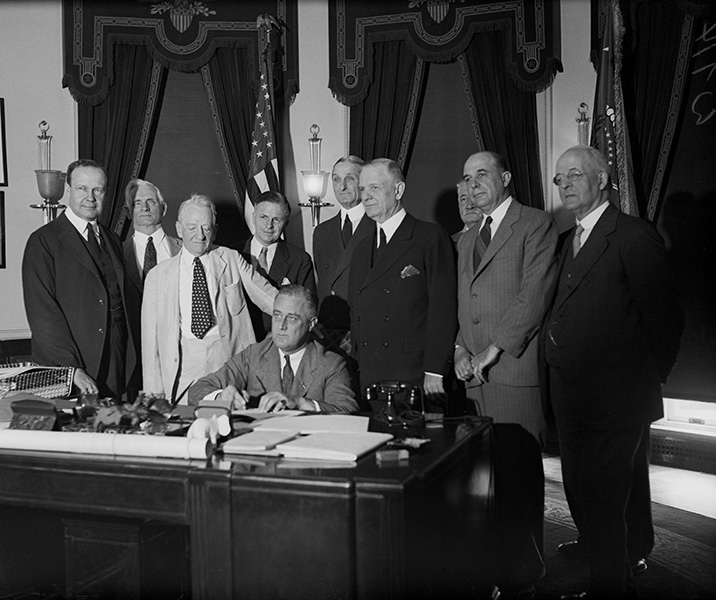

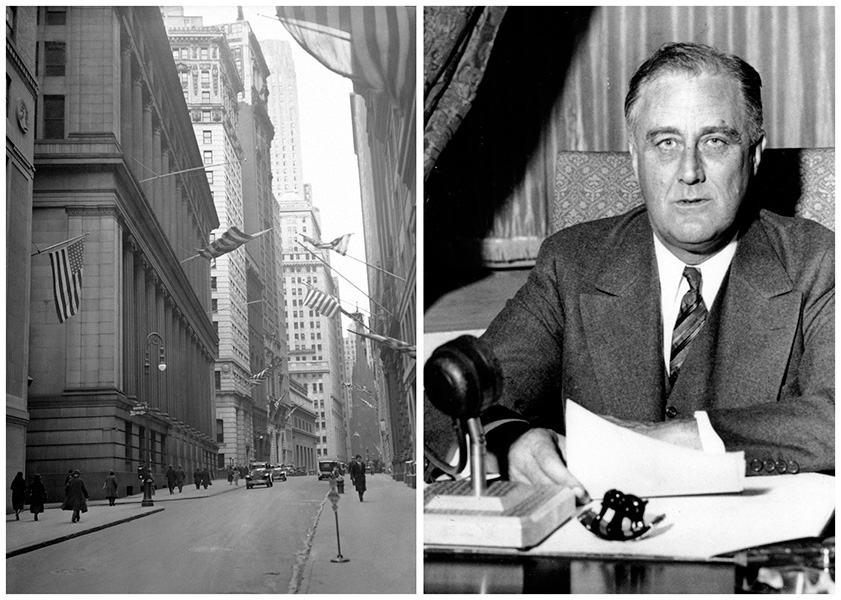


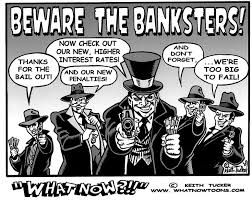


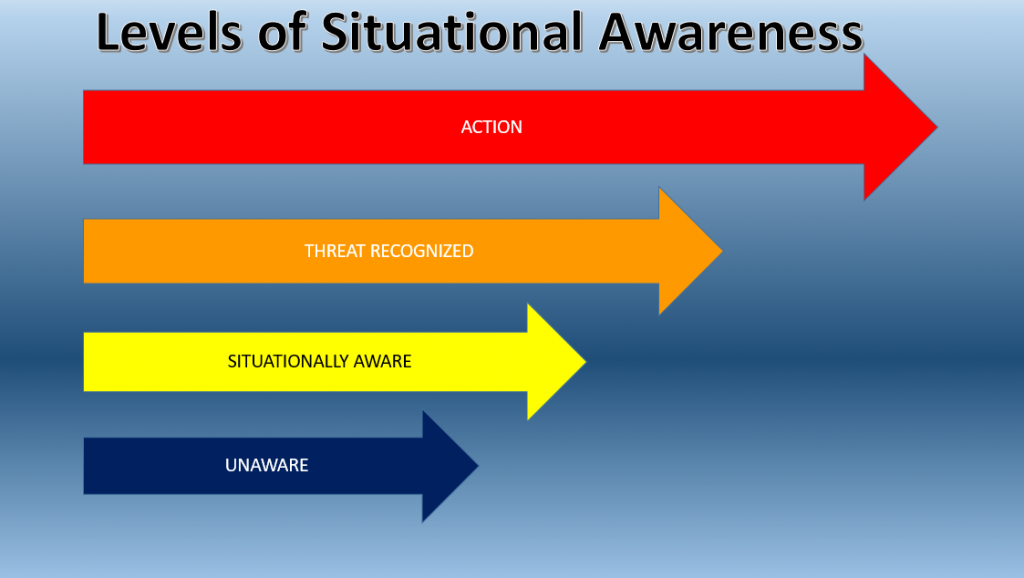
 Sar hamamunah, sar hamamunah
Sar hamamunah, sar hamamunah
 As is the case in previous eras, civilizations which transition through various stages of socioeconomic development invariably pass through the obvious periods of enlightenment and heightened culture only to bottom out when civilization reverses and a period of non-critical thinking and mob mentality controls the mechanisms of governance and power.
As is the case in previous eras, civilizations which transition through various stages of socioeconomic development invariably pass through the obvious periods of enlightenment and heightened culture only to bottom out when civilization reverses and a period of non-critical thinking and mob mentality controls the mechanisms of governance and power.


 The existing political platforms which both the Democrats and Republicans have maintained and utilized for generations are no longer effective. In reality, the differences in the platforms are illusionary. The establishment has carefully crafted the perception of variation and choice, but the masses should consider both platforms to be a part of the same machinations used to divide and conquer, while transferring wealth from the bottom to the top.
The existing political platforms which both the Democrats and Republicans have maintained and utilized for generations are no longer effective. In reality, the differences in the platforms are illusionary. The establishment has carefully crafted the perception of variation and choice, but the masses should consider both platforms to be a part of the same machinations used to divide and conquer, while transferring wealth from the bottom to the top. All American’s now have the opportunity to take back control of their nation and future. The establishment has declared all out cultural war on Donald Trump. The threat of his rise to power within the American establishment should be an indicator that we are witnessing history unfold in real time. Do not let the establishments’ methods of division continue for another moment. This division has been injected along the lines of race, religion, and class. All Americans and all people around the world should be welcoming the election of Trump to the highest office in one of the most powerful nations.
All American’s now have the opportunity to take back control of their nation and future. The establishment has declared all out cultural war on Donald Trump. The threat of his rise to power within the American establishment should be an indicator that we are witnessing history unfold in real time. Do not let the establishments’ methods of division continue for another moment. This division has been injected along the lines of race, religion, and class. All Americans and all people around the world should be welcoming the election of Trump to the highest office in one of the most powerful nations. In all areas American power is being challenged by the emerging powers. The alliance between Russia, China, Iran, Syria, and growing to include India, the Philippine’s, and soon Vietnam and other ASEAN members, will be the final catalyst to force the American establishment to back down and align with the larger multilateral mandates.
In all areas American power is being challenged by the emerging powers. The alliance between Russia, China, Iran, Syria, and growing to include India, the Philippine’s, and soon Vietnam and other ASEAN members, will be the final catalyst to force the American establishment to back down and align with the larger multilateral mandates. With each passing day the desperation coming from the establishment media in the west is becoming more obvious. The constant hit pieces on Donald Trump roll from one to the other with little interruption. News is beginning to leak out that the orders to stop Trump from becoming president have been issued from the very top of the American establishment.
With each passing day the desperation coming from the establishment media in the west is becoming more obvious. The constant hit pieces on Donald Trump roll from one to the other with little interruption. News is beginning to leak out that the orders to stop Trump from becoming president have been issued from the very top of the American establishment.
 Ever since reading G. Edward Griffin’s expose on the creation of the Federal Reserve I have been fascinated with the inner workings of the international monetary system. Though
Ever since reading G. Edward Griffin’s expose on the creation of the Federal Reserve I have been fascinated with the inner workings of the international monetary system. Though 









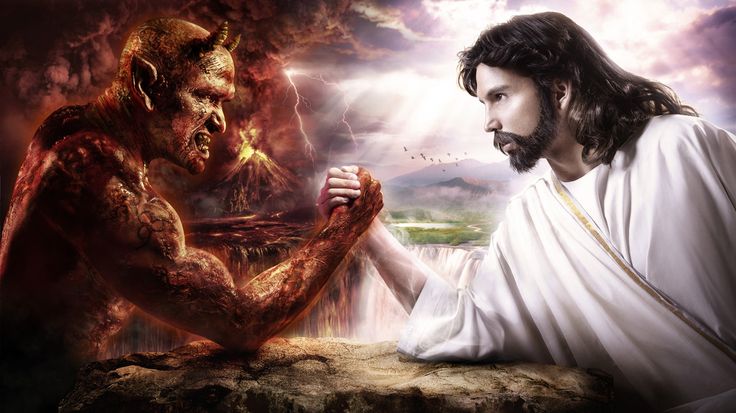






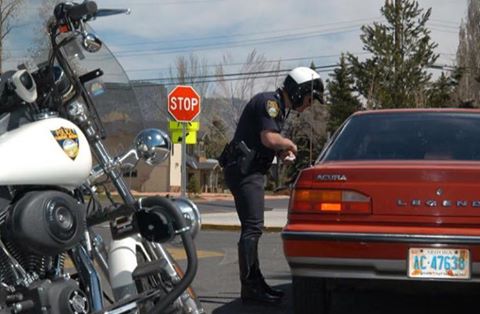 As she was still in mid-rant, she heard a tap on her window and looked up into the face of a very serious police officer.
As she was still in mid-rant, she heard a tap on her window and looked up into the face of a very serious police officer. A cruise ship met with an incident at sea. On the ship was a couple, after having made their way to the lifeboat, they realized that there was only space for one person left.
A cruise ship met with an incident at sea. On the ship was a couple, after having made their way to the lifeboat, they realized that there was only space for one person left.



“At the end of 2013 Vietnam executed two of the top bankers in the country for corruption and crimes against the people.”
Coming to a country near you.
Not soon enough in Canada to avoid a bankrupt nation I’m afraid.
Very informative article. Please could you explain what you mean by ‘inflation dumping ground’ – excuse my ignorance. Also can you direct me to a website that explains what you allude to as the real reasons for the Vietnam. So enjoy your writing. Thank you
Here’s a link to to a free e-book download. The chapters that cover the Vietnam Travesty (er… War} are very illuminating. http://libcom.org/library/untold-history-united-states
The images you attach to this excellent article are haunting and are direct in revealing just some examples of Western aggression in its most egregious form. It’s time all of America honor Vietnam and its amazing and resilient people.
Wow, great article, how can one be so evil, what a turn around for this country, this was really back against the wall. As humans we are not to let poverty take place, when we can help!